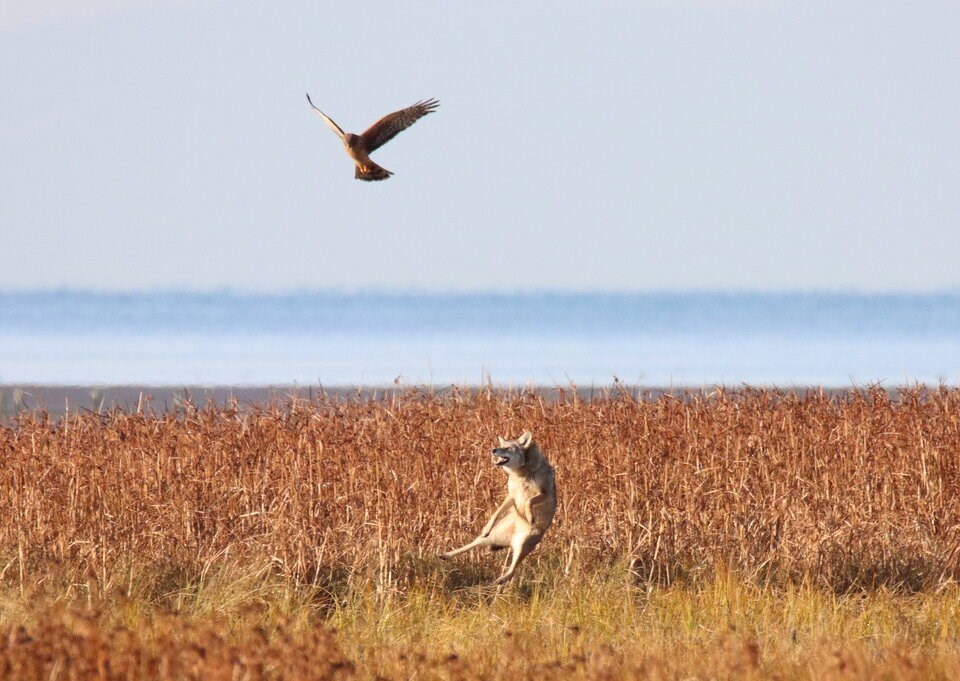Thousands of species are moving poleward to escape a changing climate — and as they crawl, bound and flap in and out of Canadian and U.S. cities over the coming decades, they will vastly change backyard wildlife for most of the human population, a new study has found.
The research, published Wednesday in the journal PLOS ONE, forecasts human-caused climate change will trigger a “great urban shift” in the continent's wildlife.
Some of the largest changes are predicted to occur among bird and insect species, 95 per cent of which will change the number of cities they occupy. Future generations of city-dwellers will likely hear vastly different bird songs than those heard today, while important pollinators, such as bees, are forecast to see a nine per cent decline across Canadian and U.S. cities.
Those changes are expected to impact agriculture, recreation, pest control and the management of disease, as species like bats leave cities and mosquitoes and ticks migrate north.
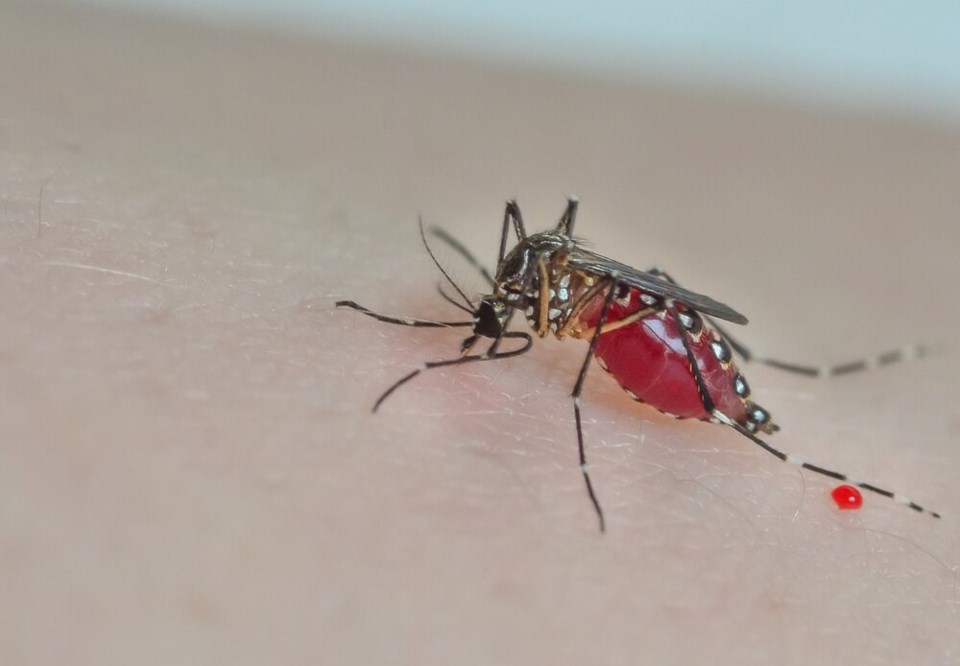
How many of the newly species will be perceived as invasive remains unclear. Those already prevalent across the continent, like earthworms, are expected to be found in 23 per cent fewer cities, the study found, potentially dealing an uncertain blow to how ecosystems decompose dead plants and animals.
At a less tangible level, many animals that adorn the jerseys of sports teams or flags might soon no longer call some cities home, said Alex Filazzola, a data scientist and biologist who led the study as a researcher at the University of Toronto’s Centre for Urban Environments.
“For us North Americans, and Canadians more specifically, almost most of us live in cities,” said Filazzola. “A national park or provincial park — that's what most people nationally think of nature — but the one they interact with on a day-to-day basis is in their backyard, it’s on their streets, in a local city park. That's the nature they see.”
“Climate change is going to have a big effect on that type of biodiversity.”

While in the past, researchers have attempted to predict how individual species will shift their habitat due to climate change, the latest study marks the first North America-wide modelling that forecasts how animals will move en mass in and out of the continent’s cities.
To do that, the researchers modelled the future and past distribution of more than 2,000 terrestrial animals in 60 Canadian and U.S. cities. The cities were chosen for being among the most urbanized on the continent, with each having a population of more than 400,000 people.
Species were selected from a global database, including everything from four-legged mammals to semi-aquatic life, like amphibians and dragonflies, as well as bats and birds. Each had to have been spotted within a city at least 10 times over the past decade to be included. In total, over 18.4 million occurrences were recorded.
The scientists then used several climate change models under different greenhouse gas emission scenarios to predict how species would move between now and 2100, when up to 90 per cent of the global population will live in cities.
The researchers measured the suitability of future climates for different animals on a scale of zero (completely unsuitable) to one (ideal climate).
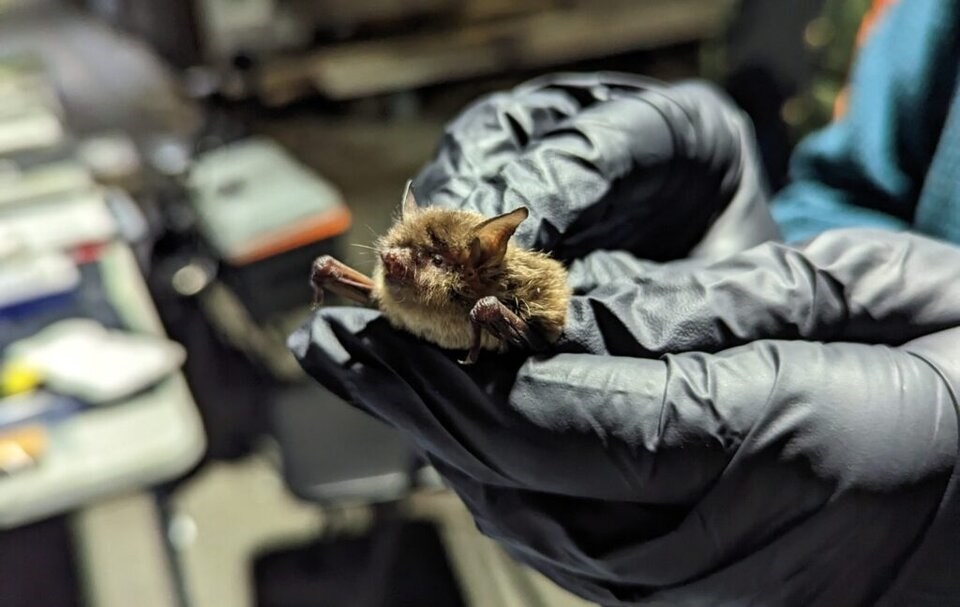
Every city sees big gains and losses
Under every climate change scenario, the study found “every city had both substantial gains and losses of urban species by the end of the century.”
Cities with high precipitation in the past were predicted to have at the most turnover in species, with both the greatest gains and greatest losses. That includes cities in temperate inland regions of the continent, like Ottawa, Quebec City, and those across the American Midwest.
Quebec, Ottawa and Winnipeg are all expected to nearly double their species richness, the study found.
“The warmer and wetter climate projections for these cities are likely to prove favourable for many animal species currently limited by winter conditions,” wrote the authors.
Filazzola said in many Canadian cities, his team found a lot more species coming in to cities than leaving, adding: “That kind of makes sense. You have an extended growing season. A lot of species in Canada are limited by the cold temperatures and so you have a lot more species coming in than are leaving.”
The largest net declines in species were forecasted for cities in subtropical parts of the eastern U.S. and coastal California, while the fewest changes were found in arid urban areas like Las Vegas, Nev., and Tucson, Ariz., where many species are expected to better adapt to a warming climate.
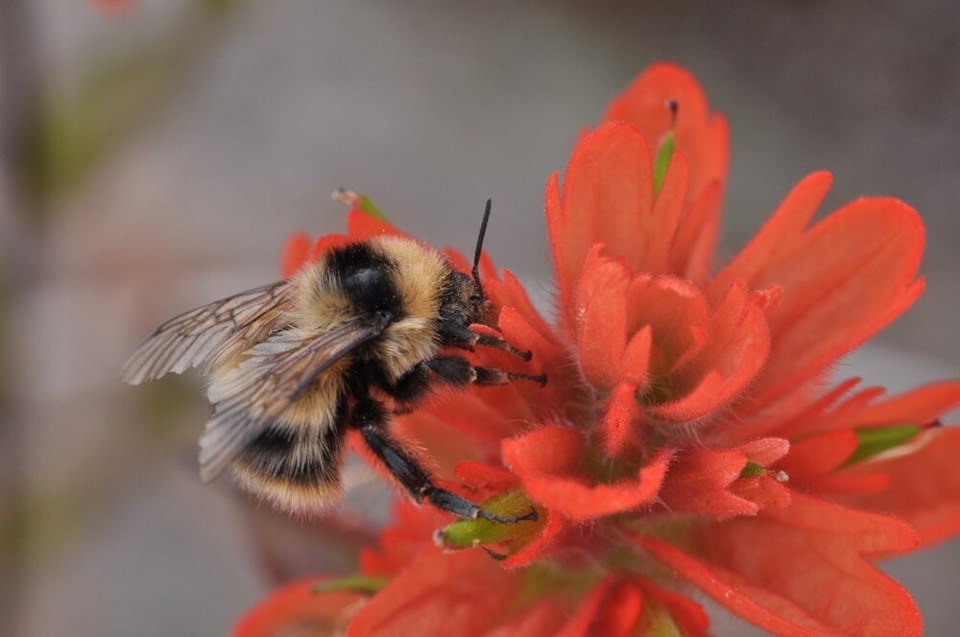
Vancouver expected to see biggest species loss of Canadian cities
Should cities face higher levels of urbanization and the world face higher levels of greenhouse gas emissions, the study found the intensity of species loss will likely climb.
Cities with the highest richness of animals in the past were expected to see the biggest declines and fewest gains in new species.
Vancouver is expected to see more species lost and fewer gained than any other Canadian city, Filazzola said. Like other cities, most losses are not expected to extend to widely distributed animals, like raccoons, squirrels and birds of prey, but more endemic species, said the lead researcher.
“The ones that are more localized — those species are going to actually see a really big change,” Filazzolasaid.
Toronto, meanwhile is expected to see a 13 to 18 per cent net gain in the number of species living in the city. That net gain comes through losing 22 per cent of current species and gaining 41 per cent new animals — numbers that represent “a massive change in the overall species composition,” the study said.
Losses will alter people's connection with nature
When animals will make their big move in or out of a city is expected to vary. Some species are expected to shift earlier than others, with timing likely to depend on “tipping points in climate conditions,” the study found.
“Regardless of actions to mitigate greenhouse gas emissions, substantial shifts are expected to occur in the composition of urban wildlife this century.”
As with recent generations, urban residents may not notice how many animals have disappeared from their communities because they arrived or were born after so much had already disappeared — what scientists describe as the shifting baseline syndrome.
“Alternatively, the shift of urban species may be so substantial and within a single generation that it will be clearly noticeable among residents,” wrote the researchers.
The movement of animals in and out of cities will inevitably raise a debate between sharing and sparing land for animals in urban spaces.
“Climate change,” the study, concluded, “will therefore shape the cultural identity and connection to nature for people in cities.”
Newly arrived animals living in cities are expected face more stress, experience more disease, and face a combination of habitat fragmentation, light and noise pollution and warmer temperatures. In a caveat, the authors said animals better adapted to urban environments may do better, and some may find isolated refuge in an urban microclimate.
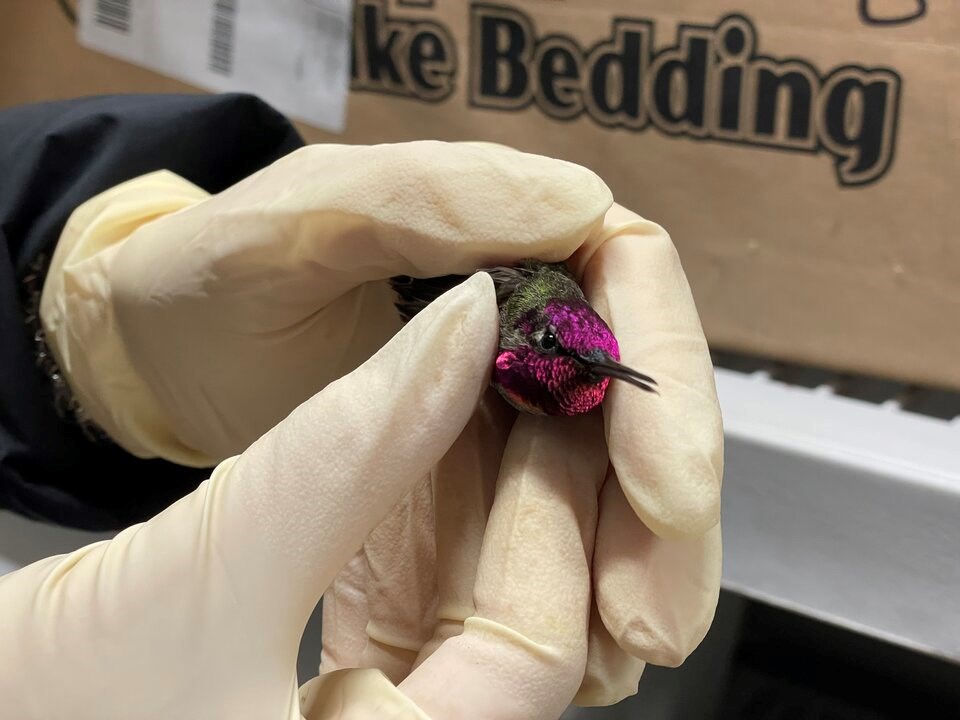
The study did not consider how interactions between animals, as well as the ability to move through natural environments and changing land cover, might affect their movement in and between cities.
The overall patter, however, was clear, with the authors noting that “within a few decades” the timing and volume of impacts from climate change will “produce a dramatic change in many urban species.”
Managing the influx and departure of wildlife will likely first fall to cities, Filazzola said.
“The bulk of who's gonna be responsible for managing all this is going to be municipal governments, local governments,” he said.
“They don't really have control over the climate change but they're still gonna be responsible for trying to support and manage all the species going forward.”
